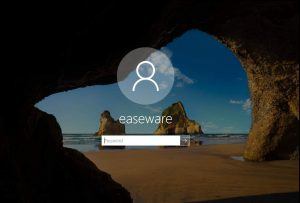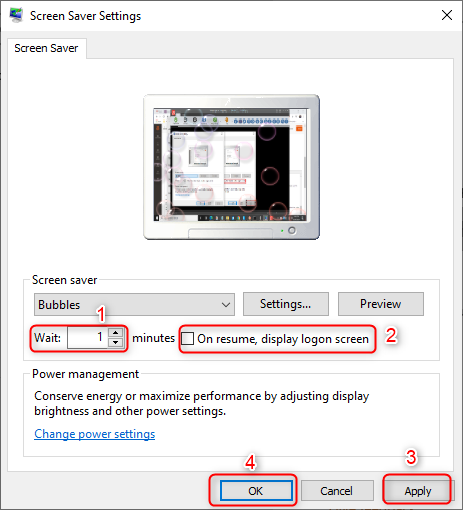

Instead, press Windows+I to open the Settings app, and then click “Personalization. In Windows 10, neither of those methods work. You could also perform a quick search for “screen saver” on the Start menu and find the settings that way. You need to hit OK to close this window and also do a control + alt + del. When this happens you can't simply disable the screensaver by moving your mouse. In previous versions of Windows, you could set screen savers via the Personalization control panel. The screensaver in my Windows 10 (64 bit) looks great, but there are two issues which need to be corrected: sometimes it crashes and shows a 'general protection fault in module CSPMAN.DLL'. RELATED: Why Screen Savers Are No Longer Necessary

Worse still, you can’t even get to the setting by searching the Start menu. In Windows 10’s continued- and messy-push to move settings from the Control Panel to the new Settings app, the screen saver settings have been relegated to an unexpected slot within the Personalization settings. For many of us, they provide something nice to look at-or provide useful information-when our computers go idle after a few minutes. Though not strictly necessary on modern LCD displays, screen savers still can be fun.
/GettyImages-453478807-12a99e2aee014517b6ca4165aa3372df.jpg)


 0 kommentar(er)
0 kommentar(er)
